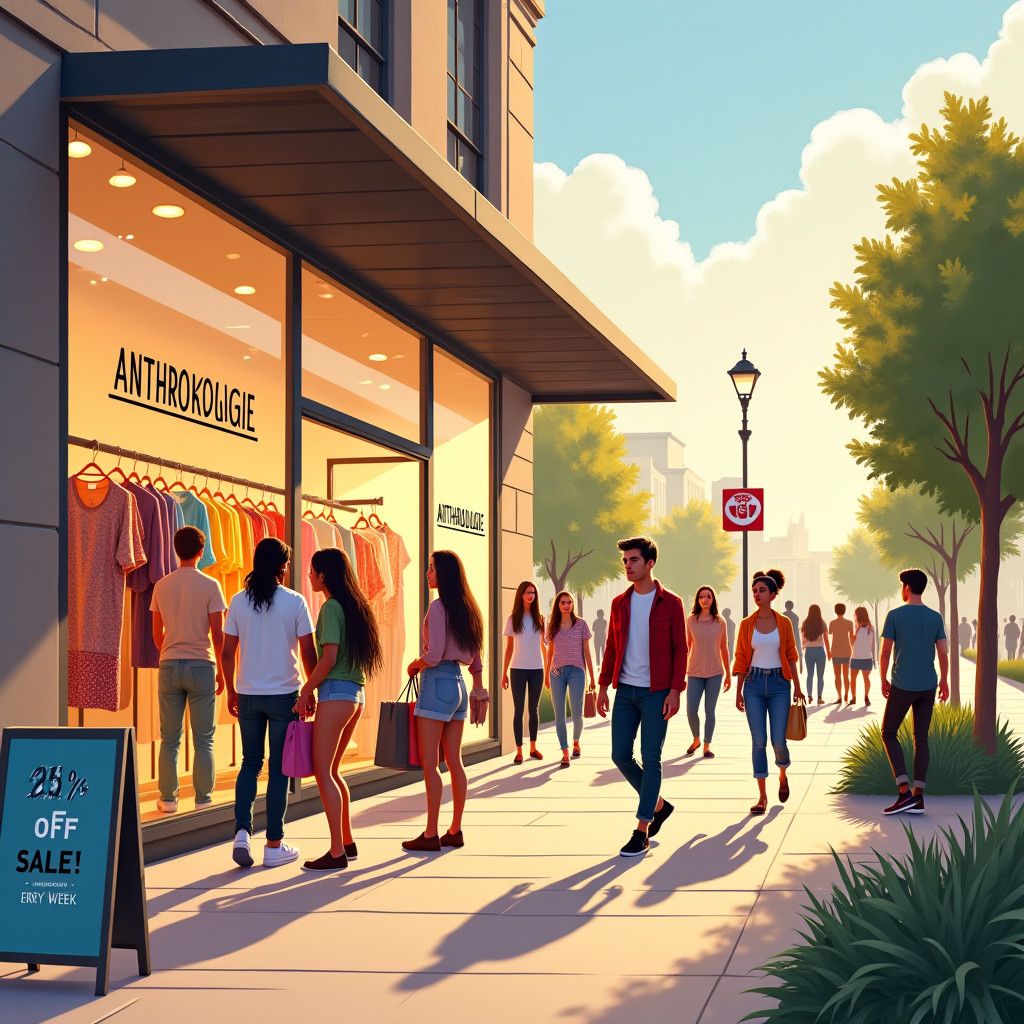Urban Outfitters Inc. has recently reported a notable performance in its third-quarter earnings, bucking the trend of struggles faced by many retailers in the current economy. For the quarter ending October 31, the company saw its sales increase by 1.5% at stores that had been open for at least 12 months, surpassing analysts’ forecasts of a 1.3% growth. A substantial contributor to this success was the Anthropologie brand, which experienced a remarkable 5.8% rise in sales, signaling a shift in consumer preference.
These results came at a time when many retailers are lamenting sluggish consumer spending as customers become increasingly budget-conscious—especially ahead of the critical holiday shopping season. In stark contrast, Urban Outfitters’ strong sales figures indicate its ability to adapt to market demands effectively. The company’s shares reflected this optimism, rising by 5.8% in post-market trading after the announcement, adding to a 12% gain throughout the trading day.
The earnings for the quarter were also impressive, with profits reaching $1.10 per share, easily beating the consensus estimate of $0.86 derived from Bloomberg data. Furthermore, Urban Outfitters witnessed an increase in gross margin that exceeded expectations, a critical metric indicating operational efficiency and pricing power amidst competitive pressures.
A key factor in this success is the promotional strategies and brand engagement executed primarily through social media. The Urban Outfitters family includes brands like Nuuly and Free People, alongside Anthropologie, which have significantly capitalized on trends to promote their offerings online. Free People’s athleisure line, FP Movement, has been particularly noteworthy, acting as a major growth driver within the company’s portfolio.
In today’s market, where consumer expectations are rapidly evolving, establishing a strong online presence can make all the difference. Urban Outfitters has recognized this necessity, leveraging platforms like Instagram and TikTok to engage with a younger audience. This focused approach allows the brand to stay relevant and connect with consumers more personally, influencing purchasing decisions favorably. Brands that excel on social media can foster a sense of community, often driving loyalty that translates into sales.
Despite the wins from Anthropologie and Free People, Urban Outfitters has had its share of challenges. The company’s namesake brand has been struggling, yet the influx of sales from Anthropologie and Free People has helped mitigate those declines, showcasing the necessity of diversification in branding. This strategy serves as a reminder to other retailers; a strong multi-brand approach can buffer against market uncertainties.
The retail landscape remains competitive, particularly as companies navigate the complexities of consumer behavior shifted by economic pressures. Urban Outfitters stands as a case study of success amid adversity, illustrating that with strategic branding, effective social media usage, and insightful consumer engagement, it is indeed possible to thrive.
As Urban Outfitters continues its ascent in the retail sector, other companies may look to its examples of agility and innovation. The upcoming holiday season will serve as a critical test for not just Urban Outfitters, but the entire industry, as many retailers work to adapt and respond to the shifting landscape of consumer preferences. Whether Urban Outfitters can maintain its momentum will be closely observed in the months to come.












